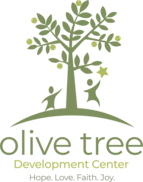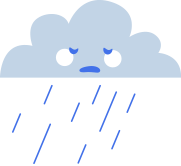Cognitive Behaviour Therapy (CBT)
Overview
Cognitive Behaviour Therapy helps individuals recognize unhelpful thoughts and behaviours and learn how to change them. CBT can give your child realistic strategies to improve their lives in the here and now. Once these strategies become habit, the new skills can follow them throughout their lives.
CBT can help children learn to control:
- Self-defeating thoughts
- Impulsivity
- Defiance
- Tantrums
CBT can help replace negative reactions with:
- Improved self-image
- New coping mechanisms
- Problem-solving skills
- More self-control
Intervention
CBT involves a structured approach to solving problems in a specified number of sessions. It can be as few as six sessions or as many as 20 or more, depending on the child and the goals-setting. The therapist will discuss goals and develop a treatment plan with the parents.
Your child can have CBT alone or in combination with medications or any other therapies they might need. The treatment plan can be adapted to meet cultural or regional differences.
Some of the CBT techniques used the in the Centre are:
Arts and crafts, dolls and puppets, or role-playing are used to help the child address problems and work out solutions. This can also help keep younger children engaged.
This method is used to treat children affected by traumatic events, including natural disasters. The therapist will focus on behavioural and cognitive issues directly related to trauma the child has experienced.
The therapist may act out an example of the desired behaviour, such as how to respond to a bully, and ask the child to do the same or to demonstrate other examples.
This technique is a way for a child to learn to take a negative thought process and flip it to a better one. For example, “I stink at soccer. I’m a total loser” can become “I’m not the best soccer player, but I’m good at a lot of other things.”
The therapist slowly exposes the child to the things that trigger anxiety.





